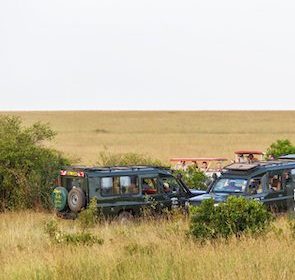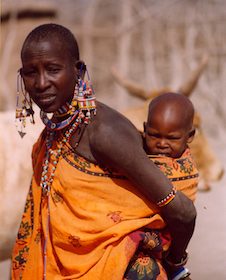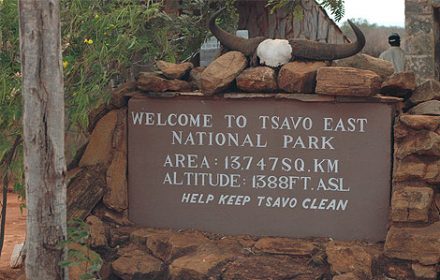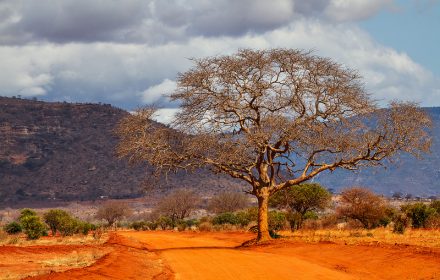Game drives offer an exhilarating way to experience the natural beauty and diverse wildlife of destinations like Kenya, Tanzania, and South Africa. Among the many considerations when planning a game drive, timing is crucial. This article explores why morning game drives are often the best choice for all wildlife enthusiasts.
Game drive
Kenya, renowned for its stunning landscapes, offers an unparalleled experience for wildlife enthusiasts and adventure seekers alike. The best way to explore Kenya is through a game drive. A game drive in Kenya provides an exciting opportunity to witness the Big Five and other incredible wildlife in their natural habitat.
The Maasai Mara national reserve is the most iconic wildlife destination in the world, drawing thousands of visitors each year with its breathtaking landscapes, rich biodiversity, and the thrilling experience of the Great Migration. When planning a trip to this remarkable destination, one of the considerations is where to stay.
Masai Mara, a sprawling expanse of savannah is the most celebrated safari destinations in the world. Situated in southwestern Kenya, this renowned reserve is part of the larger Mara-Serengeti ecosystem, which spans across both Kenya and Tanzania. With its landscapes, wildlife, and cultural heritage, the Mara captivates the world travellers.
Kenya is renowned for its breathtaking landscapes and rich wildlife, but among its many treasures, the Mara region stands out as a jewel of natural beauty and cultural significance. Whether you are planning a safari, interested in conservation efforts, or simply fascinated by this unique area, understanding the Mara in Kenya is essential. This comprehensive guide will delve into the essence of Mara, covering everything from its geography and wildlife to conservation efforts and cultural impact. Mara is synonymous with African safari experience. Located in southwestern Kenya, the Mara region encompasses the famous Maasai Mara National Reserve and adjacent conservancies.
Top Places To Visit During Your African Safari Holidays And Tours are Kruger National Park, Okavango Delta, Kenya Safaris, Maasai Mara, Serengeti National Park, Victoria Falls, Chobe National Park, Etosha National Park, and Hwange National Park. The continent is home to some of the world’s top safari destinations.
Major David Sheldrick had to face many obstacles during his passionate years in East Tsavo national park. The drought and the flood that came along did not ease the pressure in any way and made it even harder. It was a constant uphill battle. The continuous fire fighting and the many challenges, however, did yield results in the end. At least the anti-poaching campaign was a success. However, Kenya’s independence in 1963 brought about some unwanted changes in national park’s administration. It is in the best interests of everyone concerned if things can go back to the former Sheldrick days.
Amboseli National Park is the second most-visited and favorite wildlife safari park in Kenya after Maasai Mara. Flora and fauna abound in this piece of rich savanna grassland. The loose surface of the roads is covered with volcanic soil that is impassable in the wet season and dusty in the dry season. The park’s closeness to the Tanzanian border and Kenya’s capital Nairobi makes it a perfect weekend getaway for most game enthusiasts and visitors alike. Amboseli National Park has become not only a safari traveler’s dream come true but also a nature haven for photographers and fodder for documentaries.
The credit of converting the unchartered Tsavo to a wildlife park goes to Kenya’s first generation of wardens, David Sheldrick, Peter Jenkins and Bill Woodley. They were proficient riflemen capable of shooting an elephant, rhino, lion or buffalo the moment they could walk. The first task of the early pioneer park wardens, Sheldrick, Jenkins, and Woodley, was to walk on foot in punishing temperatures of the dry season. They carried with them what water they could. But during wet seasons, they ventured further, for they were hardened naturalists, and drank from waterholes that were used by the animals as well.
The African Rift Valley System is one of the tectonic features not only of Kenya but also of Africa that extends from Mozambique in the south through eastern Africa to Jordan in southwestern Asia. The rift extends from south in Mozambique all the way up to north in Jordan to the southwestern Asia. Consisting of the Nubian Plate, the Somalian Plate, the Ethiopian Plate and the Arabian Plate, fault scarps are the most noticeable feature of the African Rift Valley. Nevertheless, the formation of Rift Valley in Kenya is an ongoing discussion and geologists reckon that more research is needed.










